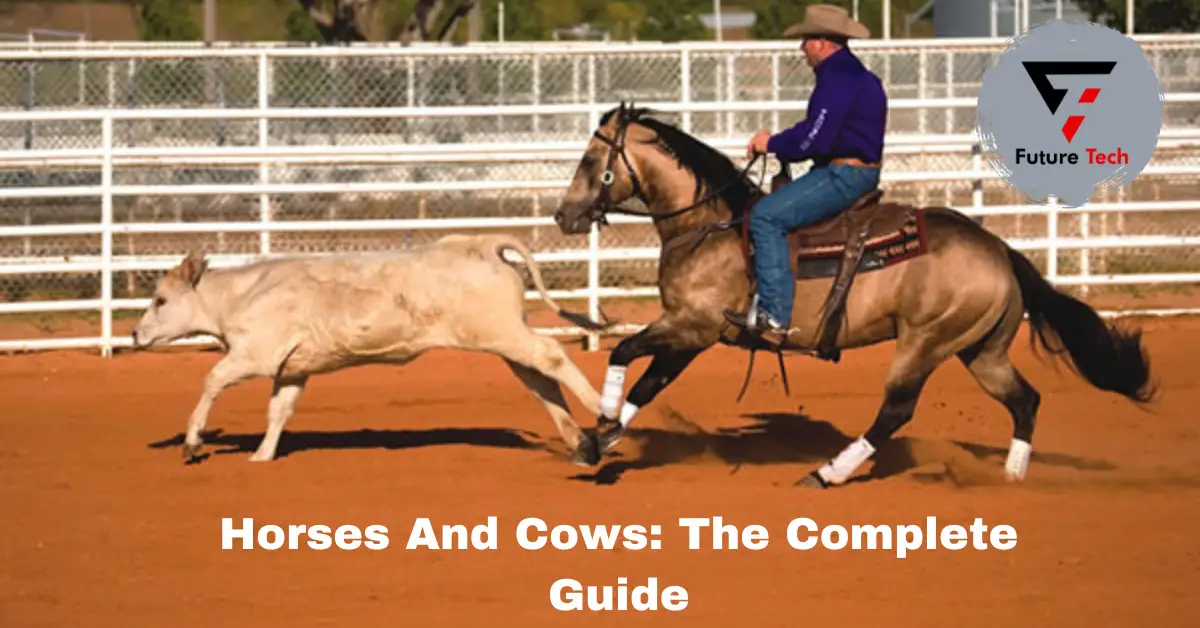The traits of the two breeds are very similar. On the other hand, their genetic composition is different. Although both Shire and Clydesdale horses are classified as draft horses, they appear to have distinct traits compared to one other. The fact that Clydesdale is Scottish in origin and the Shires are English is one of their distinguishing characteristics.
Continue reading as we discuss both sides of the Shire horse vs. Clydesdale controversy in detail!
Origin
There is only a story complete with a foundation. Similarly, while discussing breeds, we must go back in time. The major difference between Clydesdale and Shire horses is their origin. The Shire horse is of English descent, but the Clydesdale horse is Scottish in heritage.
Let’s examine their respective histories:
The shire breed originated in Britain over a century ago. The first Shire horse emerged in 1800. The Shire breed was born when stallions shifted their focus from warhorses to agricultural horses. The Packington Blind Horse came when size and power had significance more than speed. The Shire breed originated with this black horse. Half a century after the Packington, the Shire breed gained official recognition.
As mentioned, the 1950s saw a sharp decline in the shire breed’s population. The Industrial Revolution was one of the reasons. During this time, Clydesdales were first used for interbreeding. Now, the Scottish paid more attention to the smooth coat, strong limbs, and bones in horses, while the English concentrated on solid coloring. That is where Clydesdale and Shire diverge from one another. The Flemish stallions crossed with native draught mares of Clyde, valet to create the Clydesdale breed, hence the name.
The Clydesdale gained popularity since large horses were the main focus, and a record number of entries were registered. Physical Distinctions Between Clydesdales and Shire Horses. The Shire horse is a solid color with markings concentrated on the legs or head, and it is larger overall than the Clydesdale. The Clydesdale has more noticeable white markings that can appear anywhere on the body.
Clydesdales and shire horses are of similar stature and strength. Actually, on the list of Biggest Horses in the World, they are both #1! Certain breeds, such as the Shire and the Clydesdale, came about specifically to be labor-intensive draft horses. Unlike thoroughbred and quarter horses, these breeds were bred for endurance rather than speed. It is also preferable for both to have a clear angle to the hock and a smaller gap between the legs’ parallel bones.
Physical Characteristics That Define The Shire Horse
Apart from its distinctive coat patterns, the Shire horse is easily recognized due to its greater stature; on average, it measures 68 inches tall and weighs an amazing 2,200 pounds! The most common breed of horse worldwide is the Shire. Shires typically have shorter backs, a more pronounced top line to the body, and a higher lift to the head.
Additionally, the croup angle of this breed is typically more striking. The tail’s higher setting than the Clydesdale’s is the cause of this. In addition, the Shire horse tends to look taller due to its wider chest.
Physical Characteristics That Define The Clydesdale
Though smaller than the Shire, the Clydesdale is frequently stronger! The Clydesdale is not little, though it is typically smaller than the Shire horse! At an average height of 68 inches, Clydesdales are the second largest breed of horses worldwide. They usually weigh, on average, 1,907 pounds, which is far less.
Clydesdales are stronger despite this! The appropriate hock angle and slender, parallel leg features are more noticeable in Clydesdales. Clydesdales have longer leg bones and exhibit a more pronounced high hock characteristic.
The Clydesdale is different by its unique white markings and has finer feathering. In contrast to Shires, the hair surrounding the hooves is finer textured because of its thickness and length.
Appearance Of Clydesdales and Shires
Clydesdales and Shires are both huge, muscular breeds with feathers on their legs. On the other hand, Clydesdales typically have a slightly smaller, stronger build than Shires, who usually have wider, broader bodies. They belong to the group of horse breeds whose hooves appear feathered. Shires have large hooves, well-muscled legs, a short back, a deep shoulder, and a slightly arched neck. Their heads should be long and slender, with big eyes and a hint of a Roman nose. Strong legs, large, round hooves, deep chests, short backs, muscular but arched necks, and slightly sloping shoulders set Clydesdales apart.
Their heads should have expressive eyes and a flat face, with a small Roman nose on occasion. They should also be proportionately wide. Shires usually have natural tails, but they typically have docked tails. Shires can be present in various colors, such as black, bay, brown, grey, and, very rarely, chestnut. Clydesdales can be roan, black, or brown. However, bay is their most common color. White markings are more common in Clydesdales than in Shires, where they are usually seen as undesirable.
Size Of Clydesdales and Shires
In terms of size, Shires are marginally larger. Although they average 17.1 hands, they can range from 16 hands to an incredible 19.
Clydesdales have a range of 16 to 18 hands when standing, with the majority having about 17 hands. The weight of a Clydesdale ranges from 1,600 to 2,300 pounds. In contrast, shifters weigh between 1,800 and 2,400 pounds.
Temperament Of Clydesdales and Shires
With their calm, laid-back dispositions, Shire horses are known as one of the greatest horse breeds for novices. They are excellent farm and cart horses since they are industrious animals.
Their work ethic and willingness to work have kept them in jobs including farm work, driving, logging, and even motorcycling. Clydesdales, a breed of cold-blooded horses, has become famous for having gentle, calm, active, and quiet temperaments. Compared to other draft breeds, they typically move with greater animation. These days, they serve for parade participation, driving, and riding for entertainment and pleasure.
Uses Of Clydesdales and Shires
It’s common to use Shires and Clydesdales as labor animals. Ranchers and farmers utilized them for transportation, logging, plowing, and towing carts. When they have tasks to complete, both breeds perform at their peak. However, the majority of owners today days preserve these horses for exhibition and pleasure riding. Physically, the two horses are appealing. Horse owners proudly display their animals, particularly the two horses’ noticeable feathered legs. The population of Shires is rapidly diminishing. The breed is thought to be susceptible. It’s getting tougher to find shifters at races and events. Some parts of Australia, New Zealand, the United States, and Britain still use Clydesdales as workhorses.
Yet Clydesdales—which are mostly seen in farms and shows—remain for riding and companionship.
Summary:
There are two breeds of horses: the Clydesdale is Scottish in history, while the Shire is of English descent. Although they belong to different species, both qualify as draft horses. The Shire horse has a solid color with patterns on the legs or head and is bigger than the Clydesdale. Clydesdales, with an average height of 68 inches and a weight of 1,907 pounds, are the world’s second-largest horse breed. They are famous for having thick legs, broad barrel chests, and muscular bodies.
The characteristic coat patterns, longer backs, and higher lift to the head of the Shire horse are popular. In contrast, the Clydesdale has a slightly smaller, stronger build and is stronger. Their calm and easygoing personalities make them popular for driving, logging, motorcycling, and agricultural work. Though they may seem similar, Clydesdales remain used for pleasure riding and show, while the population of Shire horses is fast declining.




